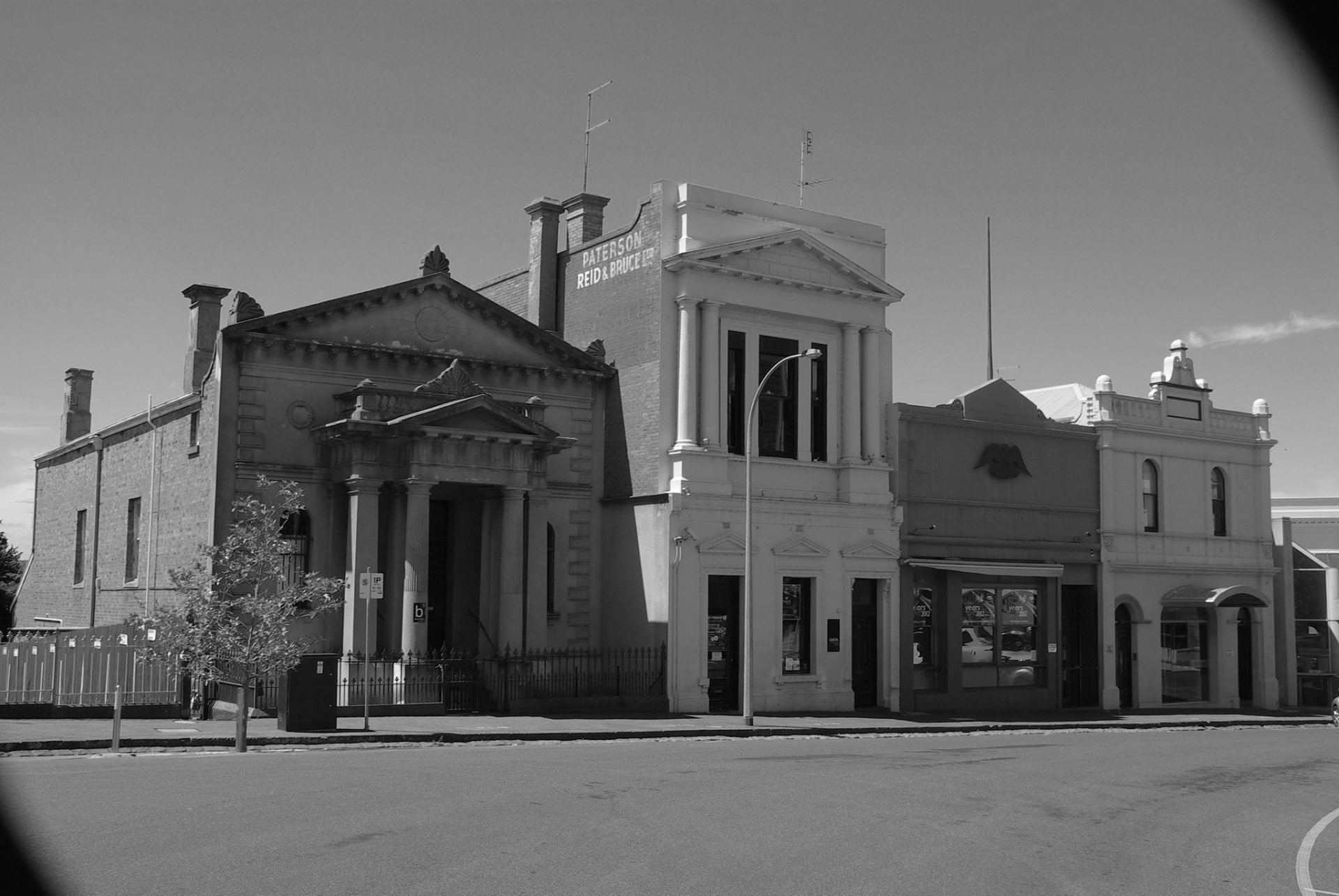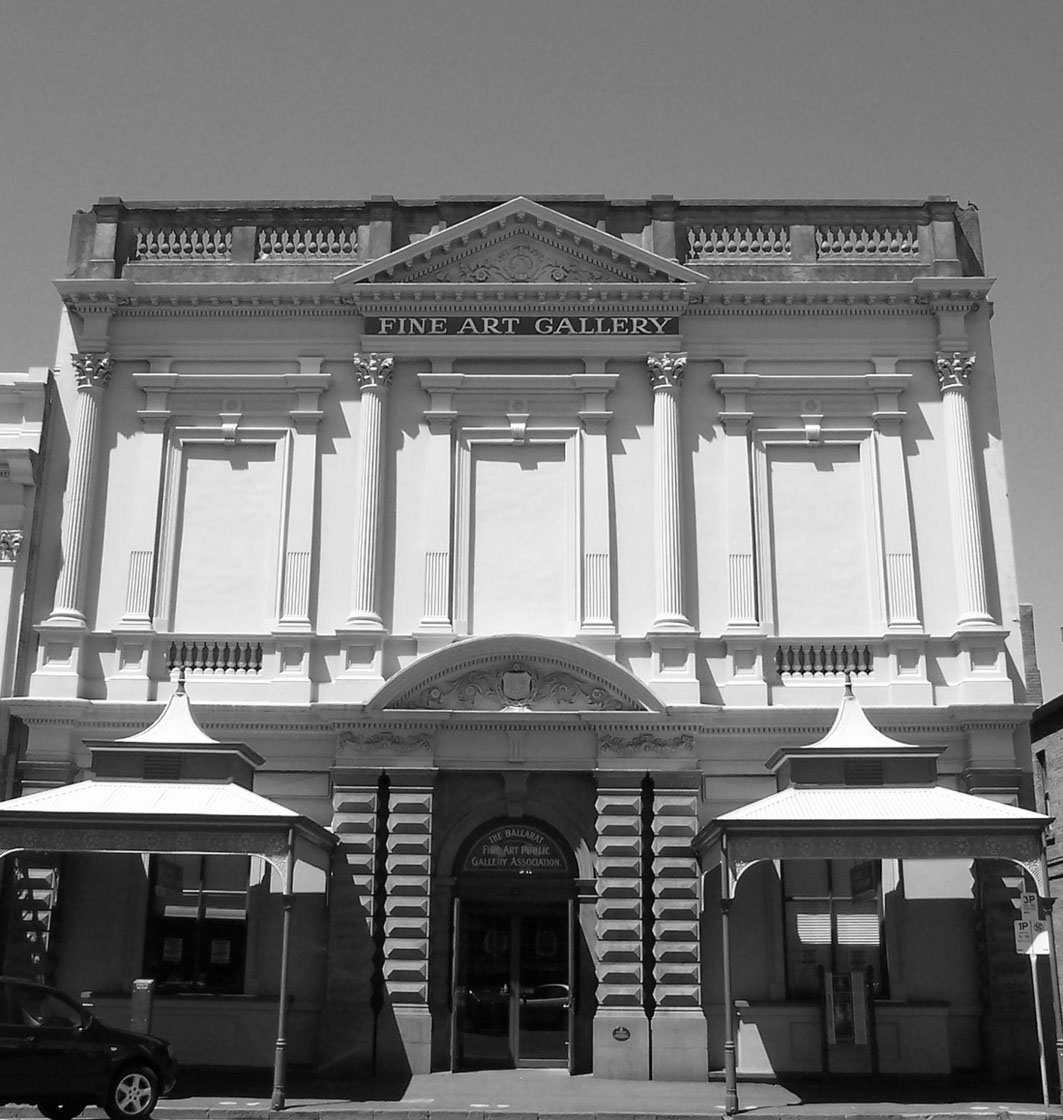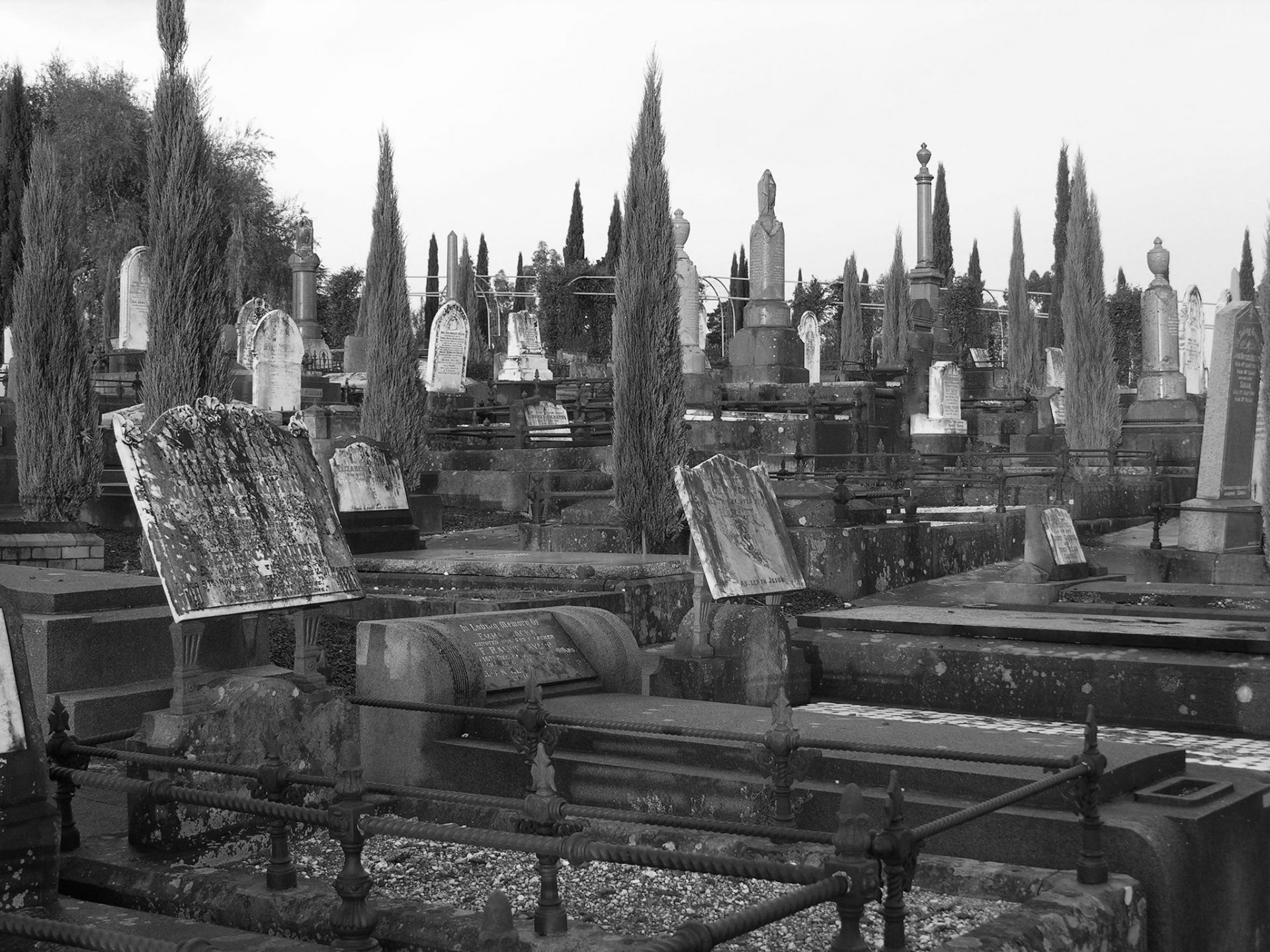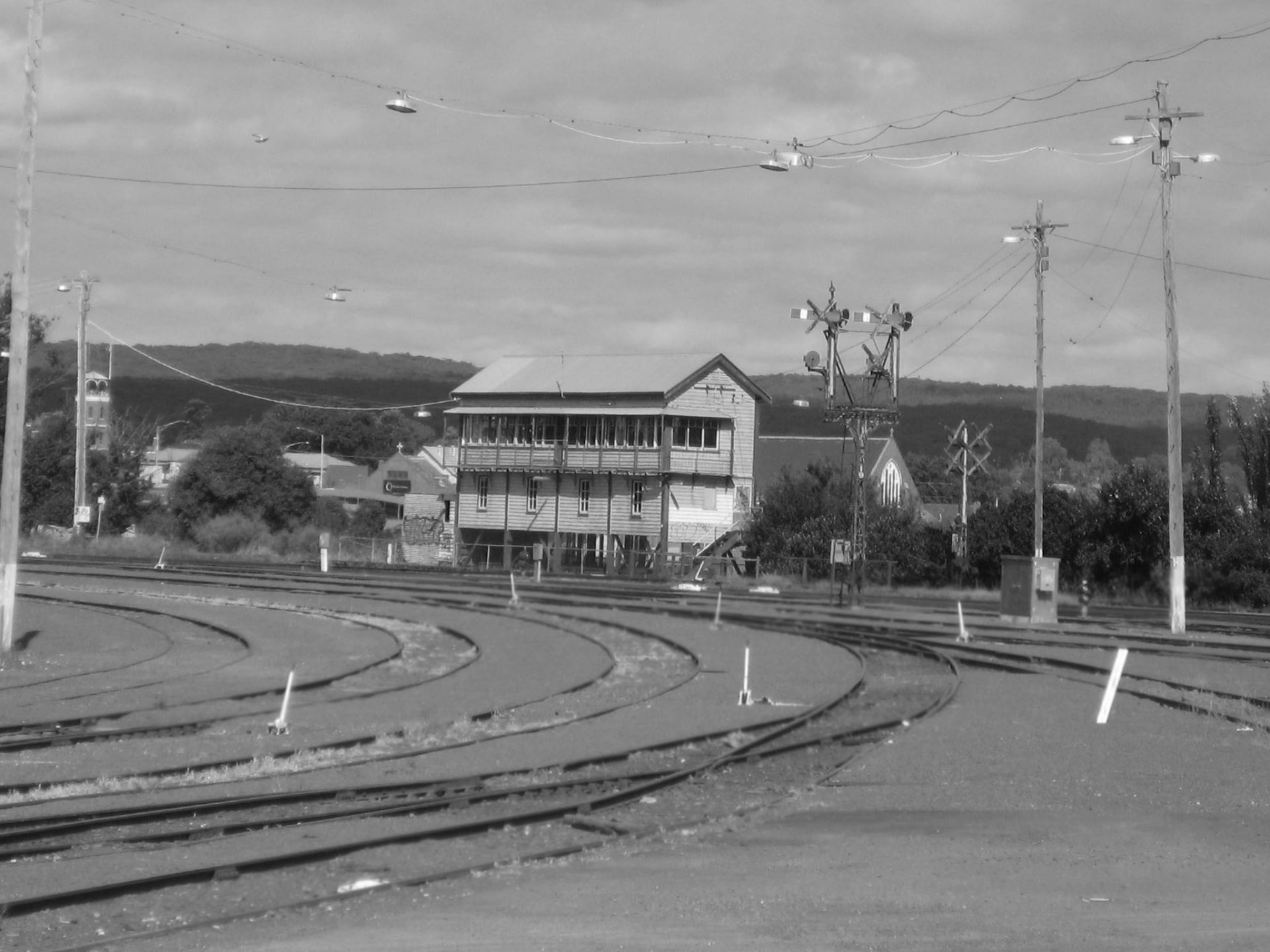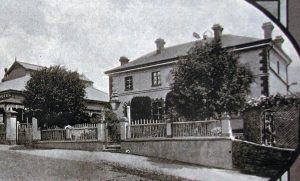Villa Parma, Gardens and Chestnuts
Clare Gervasoni
The early Swiss and Italian settlers of the Hepburn Springs area left many legacies enjoyed by today’s community. Bullboars, mineral water, and architecture like the Macaroni Factory and Villa Parma, blend with gardens boasting vines and chestnuts planted by early settlers. The Swiss and Italian pioneers of the area, as a general rule, were hard workers who blended the traditions of their homeland to the new conditions of Australia. Winemaking was an important business to many, and vines became a feature of the area. Most properties owned by Swiss/Italians featured at least one chestnut tree in their orchard, and although most of the vines are gone the chestnuts continue to provide their bounty to this day.
A beautiful Italian villa in the Hepburn Springs area is Villa Parma. The stunning property was built by Italian born Fabrizio Crippa, and its architectural significance has been recognised by a listing on the Heritage Victoria register. This property also featured a beautiful garden and vine walk, and today the garden is again becoming a feature of the property. In 1864 the Daylesford Express said the following on the property:
“A fitting and graceful addition to the fine vineyard which Mr Crippa has made by perseverance and hardworking, is the fine house he is now building, which, when finished, will not only be a most comfortable residence, but will be quite an ornament to the road. It is a stone and brick building with ground floor, upper storey, underground cellars, etc. The ground floor is composed of five rooms and a magnificent entrance hall, and the upper storey of six rooms. The underground is one large cellar, prepared expressly for the storage of wine, which Mr Crippa will shortly commence making. It is built in the most substantial manner, and every convenience is provided for the purpose to which it is to be devoted.”
Of course, Crippa was not the only Hepburn Springs resident becoming known for his house and garden. The above quote begins with:
“There is perhaps no place in the colony so peculiarly favoured as Daylesford with an abundance of resources, and its needs but a glance at the many neat and tasteful gardens surrounding some of our richest claims to make this apparent.”
Of Crippa’s garden the journalist gives us a vivid description:
“Upon entering the vineyard, the first thing that strikes the visitor is the extreme neatness displayed in all the arrangements, and the artistic skill in which has prevailed in layout of the grounds. The centre walk of the vineyard is covered with clinging vines, from which heavy branches of grapes are pendent. Interspersed with the vines, but in a way not to interfere with their cultivation, Mr Crippa has planted other fruits, as well as vegetables, and amongst other things he noticed the tobacco plant, which appears to thrive well.”
Like many of the Italian speakers in the district, Fabrizio Crippa was involved in community service. He was on the first committee formed to set aside the Hepburn Mineral Springs, and thereby was instrumental in protecting the mineral water springs from damage occurring to the springs due to mining. Crippa was also elected to the Yandoit and Franklin Road Board in 1861. His successful election was announced in the following manner, and it is interesting to note, only around five years after their arrival, that three of the nine elected were native Italian speakers.
“…The room was then cleared, while the scrutineers examined the votes, and in about a quarter of an hour afterwards, the Chairman declared the result to be as follows:
Successful Candidates: Lawn-233, Burton-198, Crippa-182, Johnson-182, Righetti-175, Meggett-175, Lucini-173, Hart-154, Parker-149…
The announcement was received with a considerable cheering, and the friends of the returned candidates appeared to be much pleased by the result of the election…” Daylesford Express
Crippa was a successful man who owned a lot of land, especially in the Hepburn township. His vineyard had over 15,000 vines and produced award winning wine. In the 1866-67 Intercolonial Exhibition Crippa entered Colonial Wine into Class II Agricultural and Horticultural products, Section 9. By 1890 Crippa had left Hepburn Springs and taken out a Colonial Wine Licence in Exhibition St., Melbourne. He died in 1892.
The annual Hepburn Springs Swiss/Italian Festa celebrates the spirit of early settlers such as Fabrizio Crippa, and the community celebrates the benefits of their foresight.

